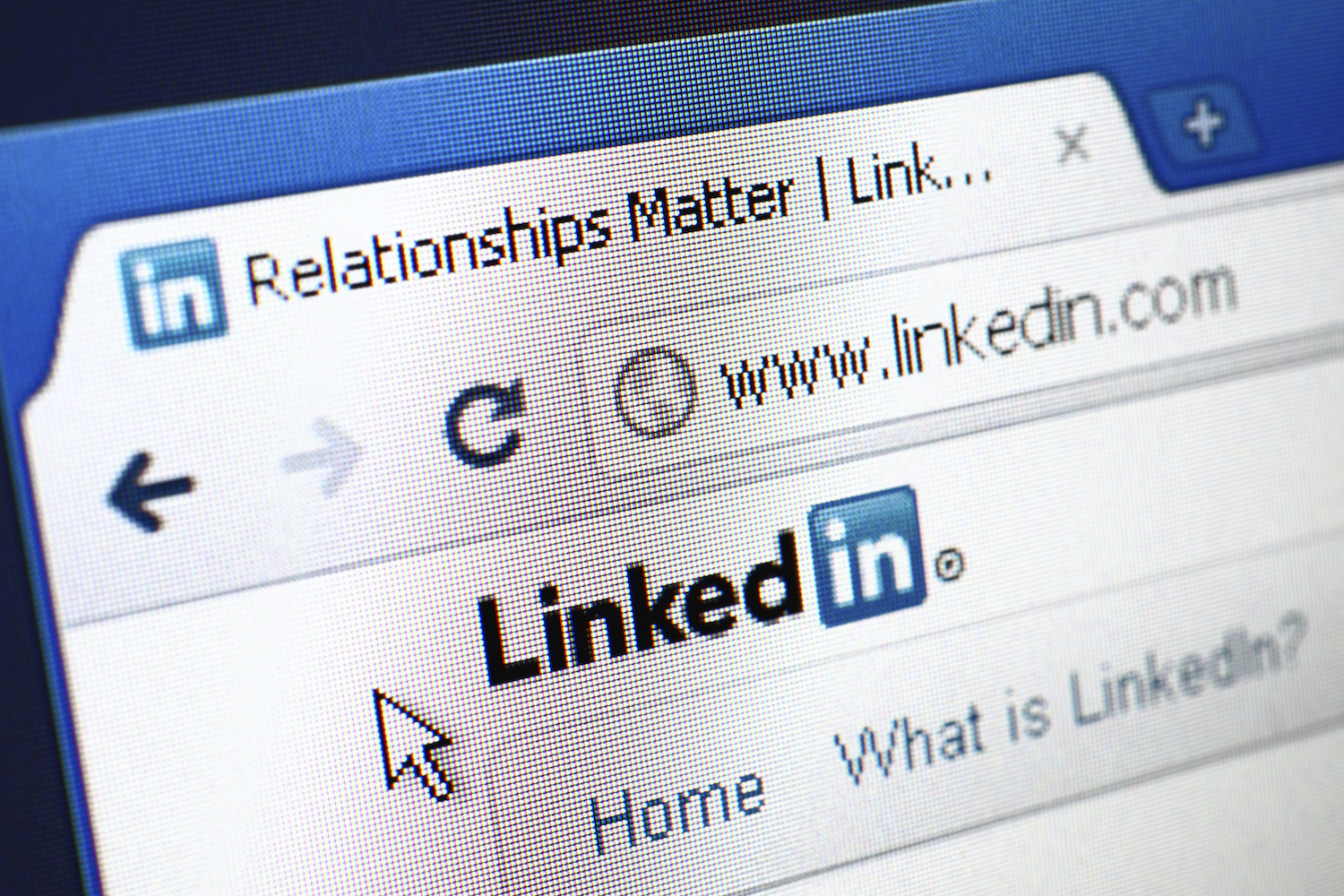Microsoft needs to fix LinkedIn's terrible newsfeed


LinkedIn's updates need to improve their usefulness.
As Facebook began emerging from its academic confines, I saw little personal use for the service. After all, why did I need a website to stay in touch with people I already knew? Wasn't that the job of e-mail? But I did see the value of LinkedIn early on. By drawing upon the power of loose connections, the site could be a gateway to many professional opportunities.
In the past few years, though, Facebook has tuned its news feed to become an endless rabbit hole for attention, sucking in my interest with articles and personal updates that I routinely find interesting. Facebook's targeting has become so keenly tuned that it has been accused of putting users in an information bubble so perfectly tailored, it can be indistinguishable from fantasy.
Nothing could be further from the truth for LinkedIn, though. In 2013, LinkedIn purchased Pulse, no doubt eager to develop the kind of relevant and engaging content stream for its professional audience that Facebook has deployed for its users. Only instead of providing the kind of tailoring that seems to come so naturally to Facebook, Apple News, Google Now and Flipboard, LinkedIn seems incapable of understanding what I want to pursue.
Why is this so when LinkedIn seems to possess so many pieces of a great personalization solution? LinkedIn knows a lot about my professional background. It can ask me about my interests at any time. It knows the people with whom I correspond and should have a sense of their professional centers of gravity; it also knows that I rarely interact with my newsfeed content. It can also glean the closeness of a relationship by those who have chosen to endorse me for certain skills (although these have become overrun with noise as well).
Particularly with the educational content it has inherited from lynda.com, LinkedIn should be an ideal mix of proactive and purposeful professional matchmaking and relevant knowledge enrichment. Instead, LinkedIn's newsfeed has largely devolved into a wasteland for warmed-over content marketing that the opportunistic seek to game.
Looking at my first stories in my LinkedIn feed now presents a pretty typical picture of content that is largely irrelevant:
- a PR professional "liking" a post from a freelancer I don't know on his success as a full-time freelancer.
- a sponsored post for a low-cost stock brokerage (I don't manage my own investments).
- a comment of "Amen" by a woman I don't know on a story about "annoying words and phrases."
- a "like" for a story about someone I don't know taking on a new job in India.
- a shared post from someone I don't know at a former employer that the company is hiring for a UX designer (which I am not) in a city where I don't live.
There are two posts in which I do find some value:
- a post by a former colleague and friend discussing marketing funnels, something about which I'm actively gathering information.
- a legitimate status update from someone I know letting me know they are preparing for CES. While that's a pretty low-density update, it at least lets me know that he will be there. However, I know him to be a regular attendee so the impact of that news per se is limited.
In both of these latter cases, it would be great if there were an option for me to indicate that I wanted more information about developing marketing funnels -- perhaps an introduction to web marketing pros or a series of articles by Neil Patel -- or about people attending CES and offering an opportunity to meet there.
The most exciting, innovative MIT projects in 2016
Microsoft, which now owns LinkedIn, should consider the networking site an early target for machine learning about information preferences. In its early days, LinkedIn encouraged members to only accept invitations from people they knew. It still asks for an e-mail address when there is no immediate connection (although there are ways around this). But in today's social world, connecting on LinkedIn is a pretty low bar. If someone is even in an adjacent field, there's a strong case for accepting the connection. Unfortunately, that can lead to a lot of updates about people you hardly know doing things that are hardly relevant.
Like Facebook, LinkedIn allows you to "unfollow" people, but that is a blunt instrument. Rather, the site should ask me to rate the relevance of a post or to block posts "like this" as Facebook does. LinkedIn needs to get a lot smarter about understanding the difference between platitudes and courtesy "likes" and genuine interest. It needs to take its role as a newsfeed curator -- even an algorithmically driven one -- as seriously as Facebook does.
That means removing junk updates about likes and comments such as "congratulations" and math puzzles and job anniversaries and that someone I may not care about was mentioned in the news and replacing it with meaningful updates from relevant sources.
Building customer loyalty is all about data: